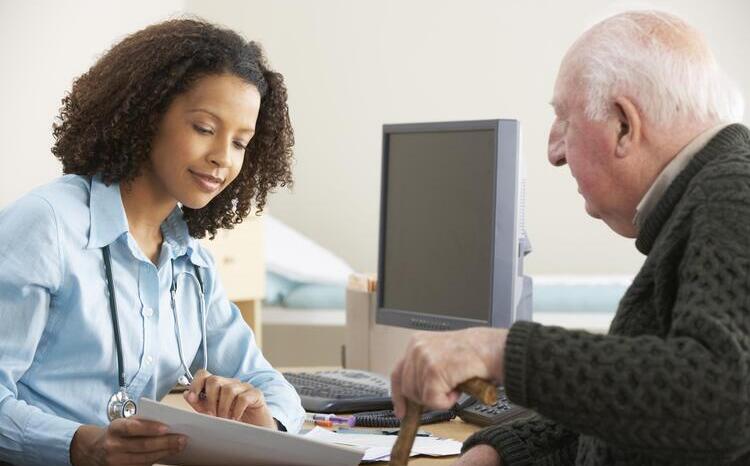Paramedic students trained using Second Life
- 20 October 2008
 |
|
The ‘collapsed clubber’ is one of five scenarios students can expect to encounter in the Second Life training system. |
Paramedic students in London are being trained in how to deal with emergency situations using the virtual world of Second Life.
The Second Life training system uses online avatars of patients in Second Life, in a series of different scenarios, to teach future paramedics how to respond to different situations. Students work in groups of three or four to treat the virtual patient.
Emily Conradi, e-Projects Manager, said: “The advantage of Second Life is that it feels more real. Students get a sense of being there together and can decide what to do from what they can see in front of them.”
The system is being introduced this month for Paramedic Science students studying at the Faculty of Health and Social Care Sciences, a partnership between St George’s, University of London and Kingston University.
Students at the faculty will use Second Life to learn how to deal with situations such as responding to an emergency call to find someone slumped outside a nightclub.
Students entering Second Life as virtual paramedics can assess and treat the female patient by doing things such as checking their pulse, dressing wounds and administering drugs. They can also access a toolkit, including all the equipment typically find in an ambulance, such as oxygen masks and an electrocardiogram.
After assessing the patient and giving emergency first responder treatment, the students then put the patient into the ambulance and take them to the hospital. Once they have reached the hospital, they submit handover notes on the patients, which are emailed to their real-life tutor for feedback.
The drunken clubber is just one of five scenarios paramedic students will be faced with from this October on the first paramedic course to use Second Life.
Each week, students on the course will be emailed a SLURL (Second Life URL) which will take them directly to a scene, where they will encounter an avatar mannequin who needs their help. Students work in groups of three or four to treat the patient.
The Paramedic Science degree has a strong practical focus, and solving problems based on real-life scenarios forms a crucial part of the course. Conradi said: “Paramedic students spend a lot of time in work placements, which can be based anywhere in the country, so it can be hard for the students to meet face-to-face with each other and with their tutors.”
The application has been developed by St George’s, University of London’s e-learning unit as part of the PREVIEW project, funded by the Joint Information Systems Committee. It has been tested by both tutors and students.
Fiona Cropp, a second year paramedic student, said: “It’s a really useful tool. It’s much better to be able to actually perform treatments rather than just talk about it. Everyone is online at the same time so you can bounce ideas off each other and make an informed decision.”
Link




